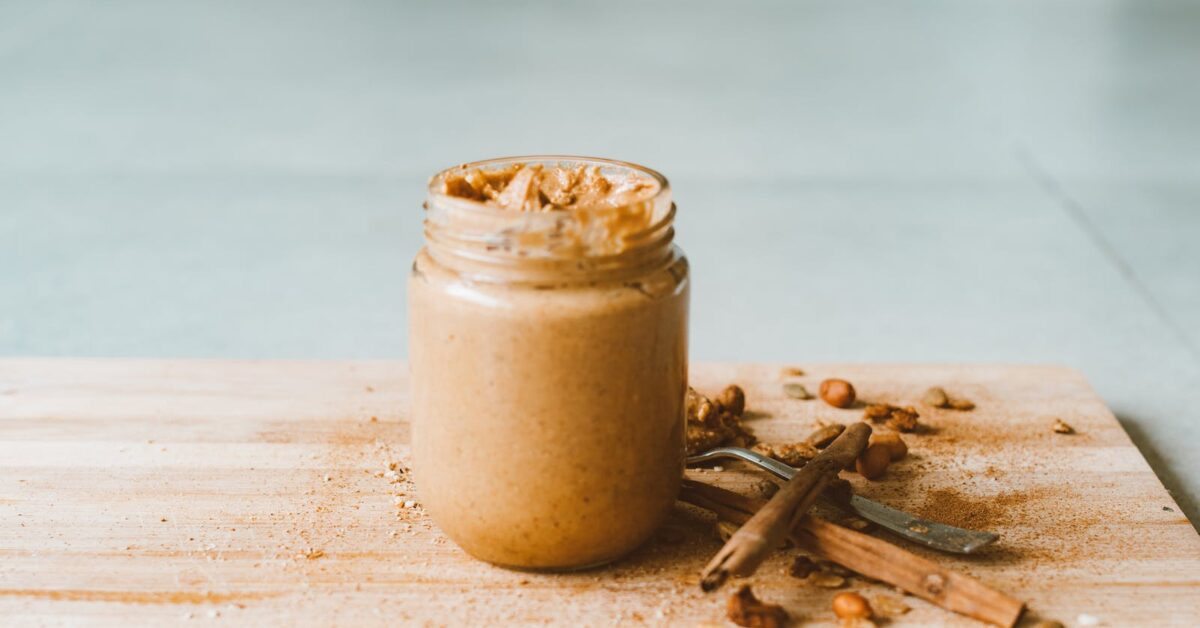Keto Diarrhea: Causes, Symptoms, and Treatment
Following a ketogenic diet has gained popularity in recent years due to its potential benefits for weight loss and overall health. However, some individuals may experience an unpleasant side effect known as keto diarrhea. This article explores the causes, symptoms, and treatment options for keto diarrhea, providing valuable insights for those following or considering a ketogenic diet.
What is a Ketogenic Diet?
A ketogenic diet, often referred to as keto, is a low-carbohydrate, high-fat diet that aims to shift the body’s metabolism into a state of ketosis. In this state, the body primarily uses fat for energy instead of carbohydrates. By drastically reducing carbohydrate intake and increasing fat consumption, the body enters a state where it produces ketones, which are molecules that serve as an alternative fuel source.
Causes of Keto Diarrhea
Keto diarrhea, also known as keto-induced diarrhea, is a common side effect experienced by some individuals following a ketogenic diet. Several factors contribute to the development of keto diarrhea:
- Increased fat intake: The high fat content in a ketogenic diet can lead to rapid emptying of the stomach, causing diarrhea.
- Changes in gut microbiota: The composition of gut bacteria can be altered when transitioning to a ketogenic diet. This disruption in the gut microbiota can result in digestive issues, including diarrhea.
- Electrolyte imbalances: The ketogenic diet can cause changes in electrolyte levels, such as sodium, potassium, and magnesium. Imbalances in these electrolytes can contribute to diarrhea.
- Malabsorption of fats: Some individuals may have difficulty digesting and absorbing the increased fat intake, leading to diarrhea.
Symptoms of Keto Diarrhea
Keto diarrhea is characterized by loose, watery stools that occur more frequently than usual. Other symptoms may include:
- Abdominal cramping or pain
- Bloating and gas
- Nausea
- Dehydration
- Weakness or fatigue
Treatment and Prevention
If you are experiencing keto diarrhea, there are several strategies you can try to alleviate symptoms:
- Gradual transition: Instead of abruptly starting a ketogenic diet, gradually reduce carbohydrate intake over a few weeks. This allows your body to adapt more smoothly and may reduce the likelihood of developing diarrhea.
- Monitor fat intake: Pay attention to the types and amounts of fats you consume. Experiment with different sources of fat to find what works best for your digestive system.
- Stay hydrated: Diarrhea can lead to dehydration, so it is important to drink plenty of fluids. Consider consuming electrolyte-rich beverages or adding electrolyte supplements to your routine.
- Probiotics: Taking probiotic supplements or consuming probiotic-rich foods can help restore a healthy balance of gut bacteria and alleviate digestive issues.
- Consult a healthcare professional: If your symptoms persist or worsen, it is advisable to seek medical advice. A healthcare professional can provide personalized recommendations and rule out any underlying conditions.
Conclusion
Keto diarrhea is a common side effect experienced by some individuals following a ketogenic diet. It can be caused by factors such as increased fat intake, changes in gut microbiota, electrolyte imbalances, and malabsorption of fats. By gradually transitioning to a ketogenic diet, monitoring fat intake, staying hydrated, considering probiotics, and seeking medical advice if necessary, individuals can manage and alleviate keto diarrhea symptoms. Remember, everyone’s body is unique, so it may take some trial and error to find the right approach that works best for you.
